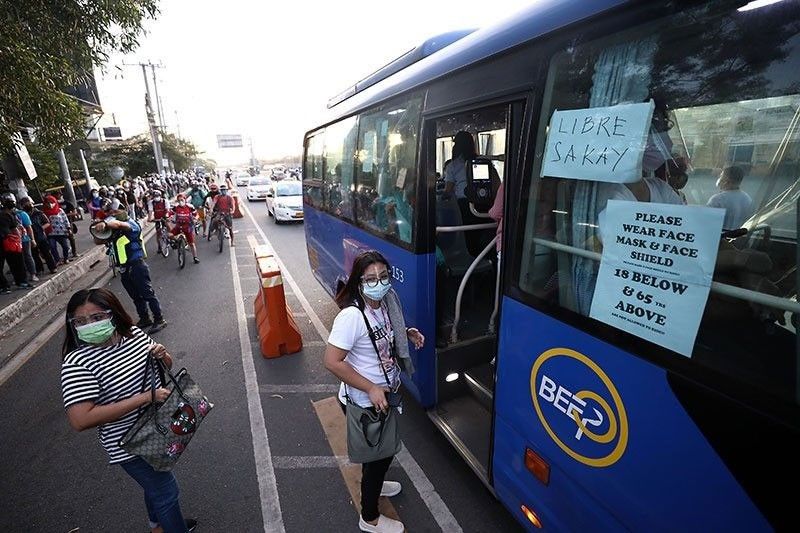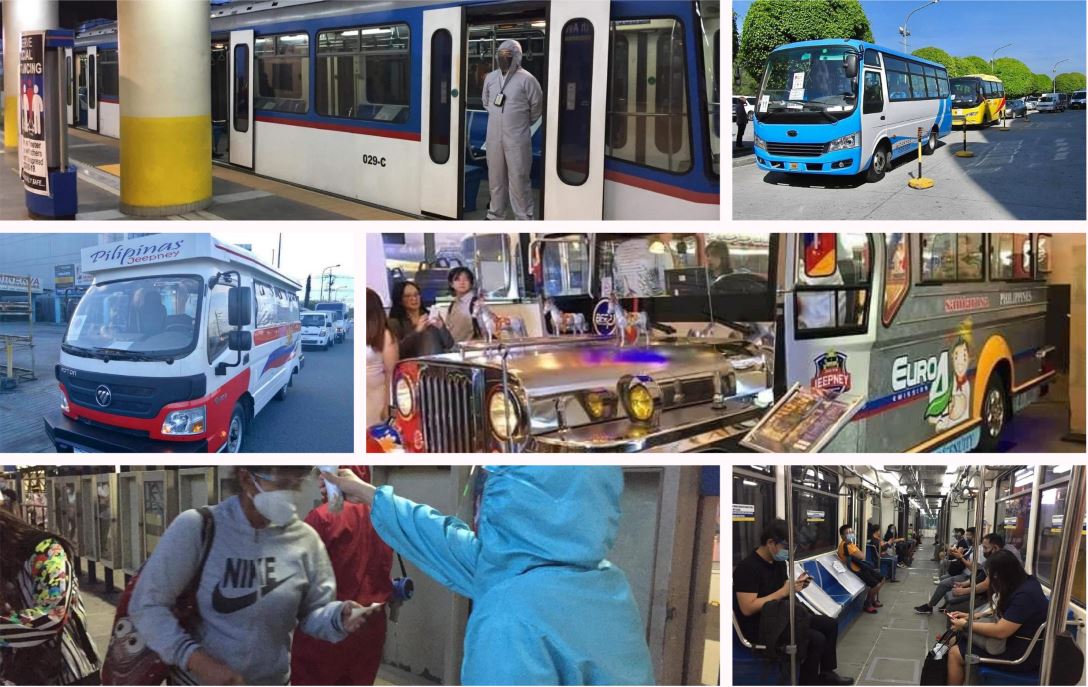Comprehending the Duty of Transit Marketing in Enhancing Brand Visibility and Customer Engagement
Transportation advertising and marketing has become a crucial component in the advertising landscape, using special chances for brand names to elevate their visibility and engage consumers successfully. With the capability to reach a diverse and restricted target market during their day-to-day commutes, these advertising strategies are not merely about visibility; they have to do with developing significant connections with potential customers. As we discover the multifaceted benefits and ingenious approaches within transit marketing, it ends up being necessary to consider how these aspects collectively influence customer understanding and habits, increasing concerns about their long-term influence on brand name commitment.
Interpretation of Transit Advertising
Transit advertising describes the technique of promoting items, solutions, or brand names with promotions put in and around public transport systems. This type of advertising and marketing encompasses a variety of positionings, including posters on buses and trains, electronic displays at transit stations, and covers on the outside of automobiles. It intends to get to a diverse audience, profiting from the high foot web traffic related to public transit.
Transit advertising and marketing is tactically placed to capture the interest of commuters, who typically spend significant time waiting or taking a trip. By integrating promotions into the day-to-day routines of people, brand names can develop a long-term perception and foster brand name acknowledgment. The tool is particularly effective in metropolitan atmospheres, where public transportation is a main setting of travel.
Furthermore, transit marketing can facilitate local targeting, permitting services to get to certain demographics based on transit routes and station locations. As urban populations expand and the usage of public transport increases, this marketing approach has acquired importance as an essential component of integrated advertising approaches. The dynamic nature of transit advertising and marketing, incorporated with its ability to engage consumers in a restricted setting, underscores its relevance in contemporary marketing techniques.
Advantages of Transportation Advertising And Marketing
The efficiency of transportation advertising depends on its capacity to supply a multitude of advantages to brand names looking for to enhance exposure and engagement. One of the primary benefits is the considerable reach it provides; transit advertisements can effectively target diverse demographics across urban locations, reaching both commuters and pedestrians alike. This wide exposure substantially increases brand awareness.
An additional advantage is the high frequency of impacts. As transportation automobiles follow established courses and quit at multiple places, they produce repetitive direct exposure that enhances brand name messages. This frequency promotes experience, which is essential in customer decision-making.
Transportation advertising and marketing is additionally cost-effective contrasted to various other media systems. Offered its extensive reach and potential for high perceptions, brands typically experience a lower price per thousand impacts (CPM), maximizing their advertising and marketing budget.
Moreover, transportation advertisements can develop a sense of neighborhood connection. By aligning with regional transportation systems, brand names can resonate with local target markets and cultivate a feeling of local pride. This local technique boosts brand name commitment and involvement, making transit advertising a compelling choice for services intending to strengthen their existence in the marketplace.

Efficient Methods for Transportation Campaigns
To take full advantage of the impact of transit campaigns, brands ought to leverage critical planning and implementation customized to their target market. read First, identifying the demographic qualities of the target market using public transportation is crucial. This enables brand names to develop tailored messaging that resonates with prospective clients.
Following, selecting the right transit mediums is essential. Whether utilizing bus covers, metro posters, or digital displays, each medium has distinct advantages that can improve presence. For circumstances, dynamic visuals on bus covers can stand out, while digital ads can be upgraded frequently to reflect timely promos.
Moreover, incorporating a natural branding strategy throughout transportation platforms makes sure consistency and strengthens the brand's identification. Using appealing styles and memorable taglines will enhance brand name recall amongst commuters.
Finally, timing is a vital element in carrying out effective transportation campaigns. Releasing projects during YOURURL.com height travel hours or neighborhood occasions can considerably enhance visibility and involvement. By utilizing these methods, brands can efficiently harness the capacity of transportation advertising, cultivating greater understanding and link with their target market. Ultimately, a well-executed transportation campaign can drive significant development in brand name presence and consumer interaction.

Determining Influence and Involvement
In assessing the efficiency of transit ad campaign, precise measurement of impact and engagement is crucial for brand names seeking to enhance their advertising and marketing techniques. Metrics such as reach, frequency, and impressions give fundamental information to evaluate exposure. Assessing these factors assists figure out the amount of potential clients are exposed to the advertisements throughout their day-to-day commutes.
Interaction can be more evaluated with consumer interactions, such as website traffic, social media discusses, and direct responses to calls-to-action included in the advertisements. Using tools like QR codes or distinct URLs can assist in tracking of consumer actions straight connected to transportation campaigns. Surveys and comments systems likewise offer as beneficial methods to gather qualitative data on consumer perceptions and recall of the ad.
Additionally, progressed analytics and attribution models can associate transportation exposure with subsequent getting actions, offering understandings into the roi. By utilizing a detailed strategy that incorporates qualitative and measurable actions, brand names can create a nuanced understanding of their transit advertising effect. Ultimately, this data-driven method enables brands to refine their projects, ensuring they reverberate successfully with target audiences and improve general brand name exposure.
Study of Effective Campaigns
Successful transportation advertising projects work as engaging examples of how reliable approaches can raise brand name exposure and engagement. Transit Advertising Philippines. One noteworthy case is the "I Love New york city" project, which transformed the city's picture and attracted millions of vacationers. By using subway advertisements, billboards, and bus covers, the campaign produced a strong, cohesive brand name identification, leading to a significant uptick in tourism and neighborhood business patronage
One more excellent project is Coca-Cola's "Share a Coke" effort, which leveraged transit advertising to personalize the brand name experience. By featuring prominent names on advertising materials across numerous transportation systems, Coca-Cola fostered a much deeper emotional connection with customers, urging them to share their experiences on social media.
In addition, the "Got Milk?" campaign efficiently utilized public transport advertisements to reach a broad audience, enhancing the message of the importance of milk in a balanced diet regimen. The campaign saw a quantifiable boost in milk consumption in target demographics.
These study show that when performed thoughtfully, transit advertising and marketing can significantly boost brand name exposure, foster consumer engagement, and drive quantifiable results, demonstrating its crucial duty in modern advertising techniques. - Transit Advertising Philippines
Verdict
In conclusion, transportation marketing offers as an important tool for enhancing brand name presence and cultivating consumer interaction. Eventually, the ability to gauge involvement and examine successful situation studies underscores the effectiveness of transit advertising in driving brand loyalty and customer interactions.
Transportation advertising and marketing has arised as a crucial component in the advertising landscape, using one-of-a-kind possibilities for brands to raise their visibility and engage customers effectively.Furthermore, transit advertising and marketing can promote localized targeting, permitting organizations to get to certain demographics based on transit courses and station areas.In evaluating the efficiency of transportation advertising campaigns, exact measurement of impact and interaction is essential for brand names seeking to enhance their advertising and marketing review strategies.Effective transportation marketing campaigns serve as compelling examples of just how effective techniques can boost brand exposure and engagement.In verdict, transit advertising offers as a crucial tool for boosting brand visibility and fostering customer involvement.